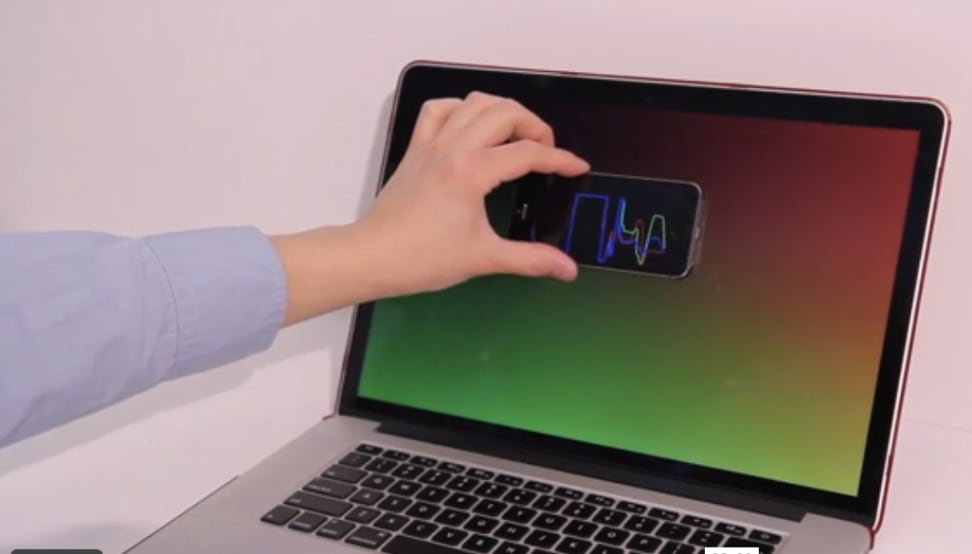MIT Prototype Combines All Your Screens Into Seamless Display
THAW blurs the line between device and display.
 Credit:
Credit:
Recommendations are independently chosen by Reviewed's editors. Purchases made through the links below may earn us and our publishing partners a commission.
Quick, how many of your smart devices have screens? I'll wager more than a couple. But a better question is, how do those devices interact with one another? Likely, not much at all.
Personally, I have around five devices that I use on a regular basis: a smartphone, a tablet, a laptop, a TV, and a desktop computer—all powered by a slew of incompatible operating systems. The process of getting these products to interact with each other is difficult, to say the least, requiring a variety of cables, second-screen apps, and in some cases even hacks.
{{vimeo '105950126'}}
For this reason I'm pretty excited about THAW, a project currently in development at MIT's famed Media Lab.
At first glance, the joint project between Philipp Schoessler of MIT's Tangible Media Group and Sang-won Leigh of the Fluid Interface Group looks like just another second screen application. But it's more than that.
THAW allows a smartphone or tablet to "see" what is happening on a display and interact with it in real time. The system projects a 2-D color pattern onto a display, meanwhile the pattern is captured by the smart device's camera. This allows the phone or tablet to act as a second screen, or even an interactive surface.
As is expected with early prototypes, THAW currently has limited practical applications, and at the moment seems best suited to gimmicky video game mechanics. Additionally, the actual process of placing a smartphone against a screen to manipulate it seems terribly fussy, not to mention a surefire way to damage your screen.
Still, we shouldn't judge too harshly. The technology is in its early stages, and anything that aims to make interacting with our smart devices a more streamlined process is okay in our books.
Via: Fast Co Design

